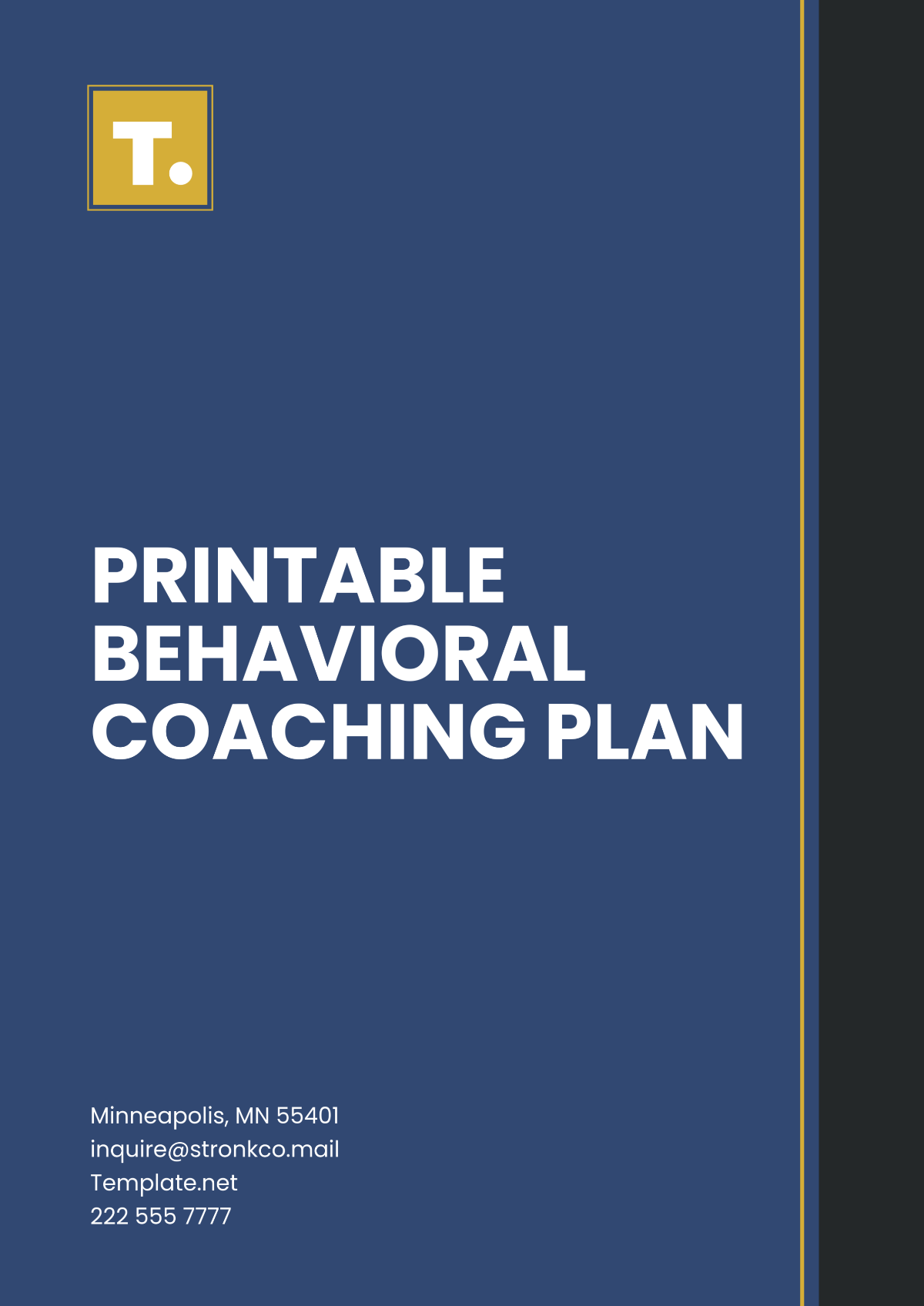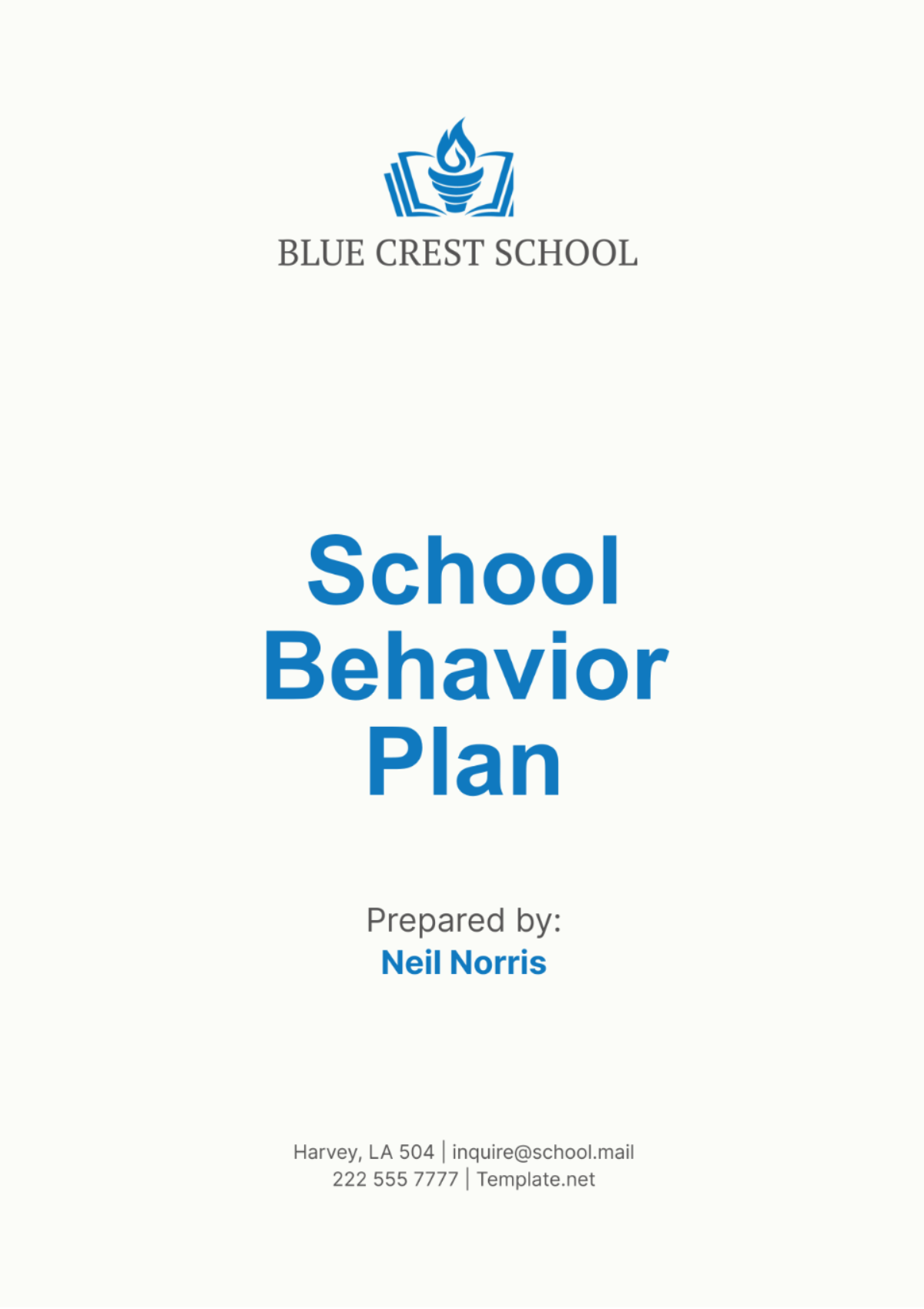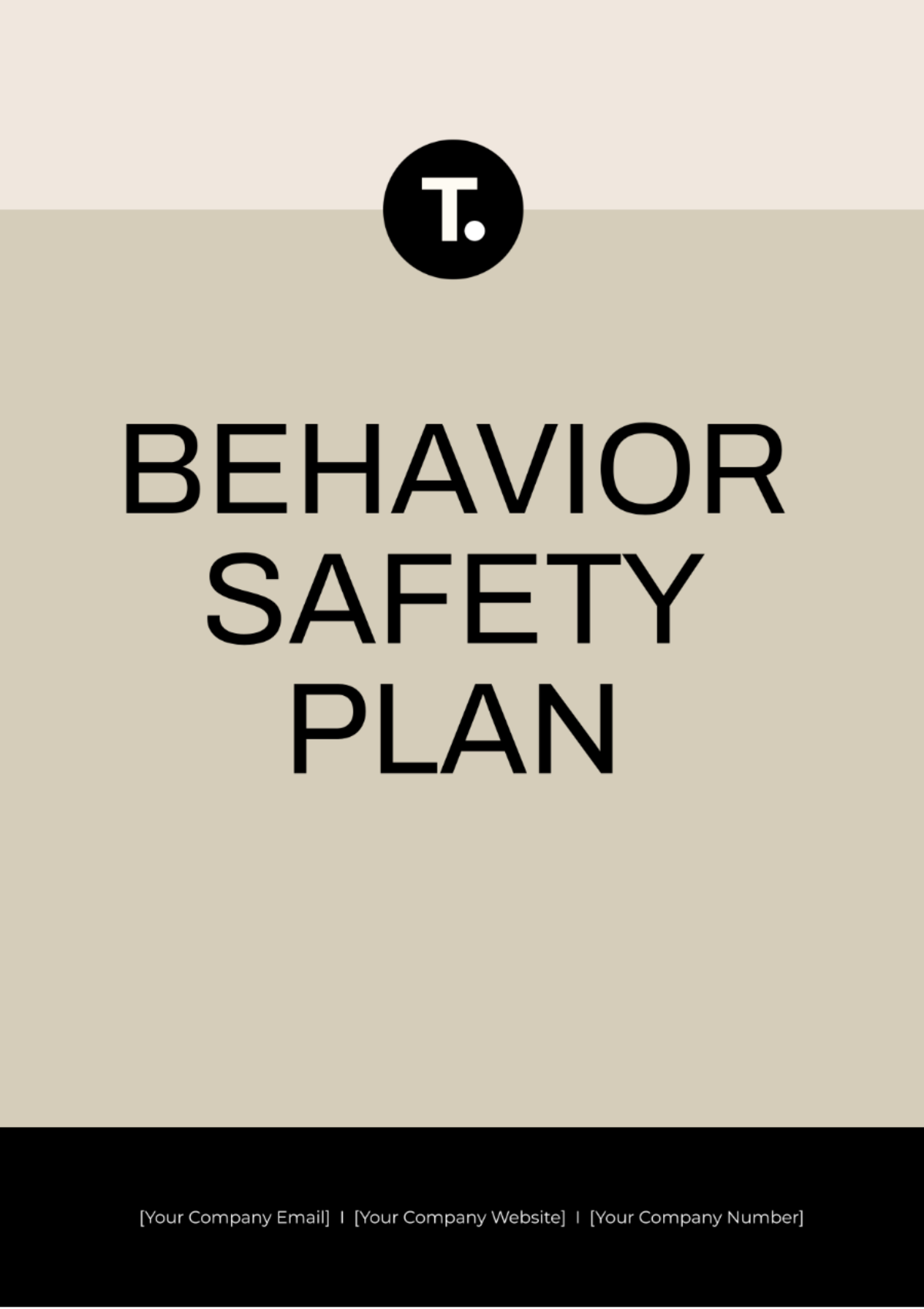Behavioral Improvement Plan Layout
1. Introduction
This Behavioral Improvement Plan aims to provide a structured approach to enhance desired behavior through targeted strategies and support. It is designed to be professional and comprehensive, ensuring that all necessary aspects of behavioral improvement are addressed effectively.
2. Assessment
2.1 Initial Behavioral Assessment
Conduct an initial assessment to identify the target behaviors that need improvement. This includes analyzing current behaviors, understanding underlying causes, and setting realistic goals.
2.2 Collection of Data
Gather data on the frequency, duration, and intensity of the behaviors. Use various methods such as observations, interviews, and surveys to ensure comprehensive data collection.
3. Goal Setting
Establish specific, measurable, attainable, relevant, and time-bound (SMART) goals for behavior improvement. These goals will serve as benchmarks for progress and ensure clarity in expectations.
4. Intervention Strategies
4.1 Positive Reinforcement
Implement positive reinforcement techniques to encourage the repetition of desired behaviors. This can include praise, rewards, and other incentives that motivate behavioral change.
4.2 Skill Development
Identify and teach essential skills that are needed to replace unwanted behaviors with appropriate alternatives. This may involve training in communication, problem-solving, and emotional regulation.
4.3 Environmental Modifications
Alter environmental factors that may contribute to undesirable behaviors. Ensure the setting is conducive to positive behavior by minimizing triggers and enhancing supportive elements.
5. Monitoring and Evaluation
Regularly monitor the progress of the individual using predefined methods of evaluation. This includes consistent data collection and comparison against the established goals.
6. Review and Adjustments
Periodically review the effectiveness of the plan and make necessary adjustments. Involve stakeholders in the review process to ensure that the plan remains relevant and effective.
7. Conclusion
This Behavioral Improvement Plan outlines a strategic approach to fostering positive behavioral change. Through targeted intervention, ongoing support, and consistent evaluation, you can achieve the desired outcomes professionally and comprehensively.





